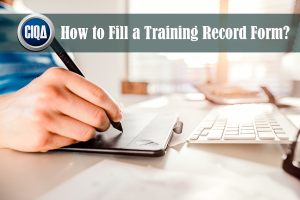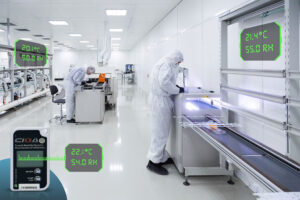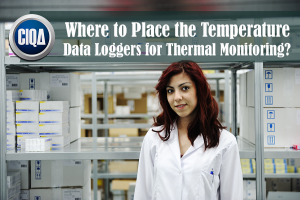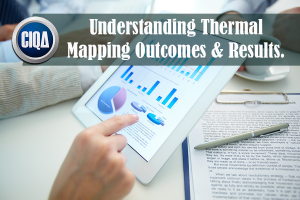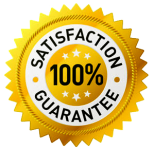
All You Need to Know About What is Food Quality & Safety as per cGMP.
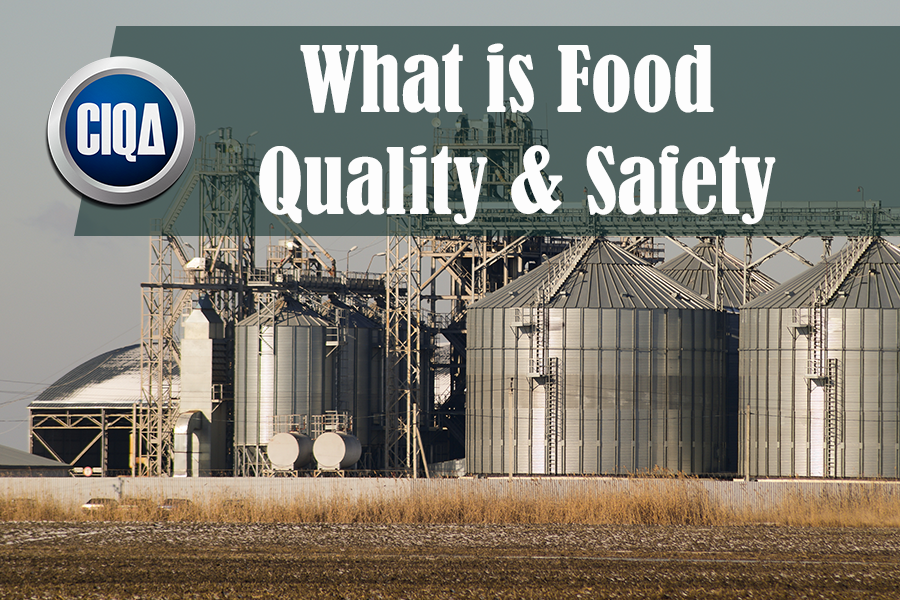
|
In this article, you will learn what is Food Quality & Safety as per FDA Requirements and cGMP Good Manufacturing Practices. Food Quality & Safety DefinitionIt refers to practices and conditions that preserve the quality of food to prevent contamination and food-borne illnesses during preparation, handling, and storage. Food Safety practices can assure that food will not cause harm to the consumer when it is prepared and/or eaten according to its intended use. Some kind of Food Safety procedures and policies are:
These examples of Food Safety procedures that should be in place in a food-handling environment. Food Safety procedures could be different for each business and industry. Therefore, it is important to know what your company’s Food Safety procedures and policies are. Food Quality DefinitionFood Quality refers to the attributes and characteristics of a food product that is:
Some kind of Food Quality Attributes:
Rest assured of the safety or being in the right hands. Our Food Safety team could provide you a broad range of professional expertise in:
Requirements of a Food & Safety Plan(a) Requirement for a food safety plan. (1) You must prepare, or have prepared, and implement a written food safety plan. (2) The food safety plan must be prepared, or its preparation is overseen, by one or more preventive controls qualified individuals. (b) Contents of a food safety plan. The written food safety plan must include: (1) The written hazard analysis as required by 117.130(a)(2); (2) The written preventive controls as required by 117.135(b); (3) The written supply-chain program as required by subpart G of this part; (4) The written recall plan as required by 117.139(a); and (5) The written procedures for monitoring the implementation of the preventive controls as required by 117.145(a); (6) The written corrective action procedures as required by 117.150(a)(1); and (7) The written verification procedures as required by 117.165(b). (c) Records. The food safety plan required by this section is a record that is subject to the requirements of subpart F of this part. CIQA is a quality and regulatory consultant with 25 years of experience developing products and managing projects in the medical device supply chain, and pharmaceutical industries. His experience includes research, product development, operations management, manufacturing engineering, equipment design, regulatory affairs, and quality assurance. Specific questions about Document Control Management DCM or quality system training can be directed to CIQA at ramon.cayuela@ciqa.net. SUBSCRIBE AND FOLLOW US TO LEARN MORE.For more details about what is Food Quality & Safety, follow us.Three (3) Options to Create Document Control Management DCM Procedures:Bronze Option. You Can Create Your Own Quality Procedures, using a Template.You can download samples of the Document Control Management DCM procedure templates in .pdf format. To see the complete list of the most popular quality procedures templates, click here. In addition, you can request a quotation to buy online a full SOP template document in MS Word format that is completely editable, ready to fill, and adapt to your specific needs. Silver Option. We Can Bring You Formal Training about What is Food Quality & Safety.This option is recommended if you want to learn more about how to build robust quality system procedures. One of our expert(s) can provide online step-by-step training to your team (unlimited assistance) on how to build reliable SOPs using our template(s). Also, you can improve your corporate quality procedures and policies by incorporating our template(s) and tools. It includes a fully editable template from the Bronze option, plus training, exams, and a training certificate for each assistant. Request a quote now. Gold Option. We Can Create Customized Quality Procedures.One of our expert(s) will create and prepare your customized SOPs with the inputs and specific information of your company. It includes a fully editable template from the Bronze option, plus online support in document creation, implementation, and training. Request a quote online. Get in compliance today, CONTACT US (Hablamos Español)REFERENCES: What is Food Quality & SafetySTATUTORY AND REGULATORY REQUIREMENTS PART 117 — CURRENT GOOD MANUFACTURING PRACTICE, HAZARD ANALYSIS, AND RISK-BASED PREVENTIVE CONTROLS FOR HUMAN FOOD httpss://www.accessdata.fda.gov/scripts/cdrh/cfdocs/cfcfr/CFRSearch.cfm?CFRPart=117 Subpart C–Hazard Analysis and Risk-Based Preventive Controls Sec. 117.126 Food safety plan. httpss://www.accessdata.fda.gov/scripts/cdrh/cfdocs/cfcfr/CFRSearch.cfm?fr=117.126 Rules and Standards for Food Processing httpss://www.ag.ndsu.edu/foodlaw/processingsector/rules-and-standards-for-food-processing TITLE 21–FOOD AND DRUGS CHAPTER I–FOOD AND DRUG ADMINISTRATION SUBCHAPTER B–FOOD FOR HUMAN CONSUMPTION PART 110 CURRENT GOOD MANUFACTURING PRACTICE IN MANUFACTURING, PACKING, OR HOLDING HUMAN FOOD httpss://www.accessdata.fda.gov/scripts/cdrh/cfdocs/cfcfr/CFRSearch.cfm?CFRPart=110 For more information about what is Food Quality & Safety, refer to: httpss://tcisys.com/sqfcodetemplates.php httpss://www.afsc.org/sites/default/files/documents/FINALCOLOR%20AFSC%20Food%20Safety%20Manual.pdf |

Ramon Cayuela, MS, BS, Chemical Engineering
CIQA President and CEO.
I've been working in validation engineering since 1992 with many multinational pharmaceutical companies. I love sharing my passion and knowledge with others. If you have any questions about anything (or just have general questions). I will be more than happy to assist you. You can count on the BEST customer service on CIQA. I go to great lengths to make sure my clients are 100% satisfied with their purchases and check emails/messages consistently throughout the day. You can rest assured that everything being sold here is as-described or your money back. I look forward to working with you!
Related Articles
Subscribe to get validation
news and free tips by email.
Need Additional Help?




